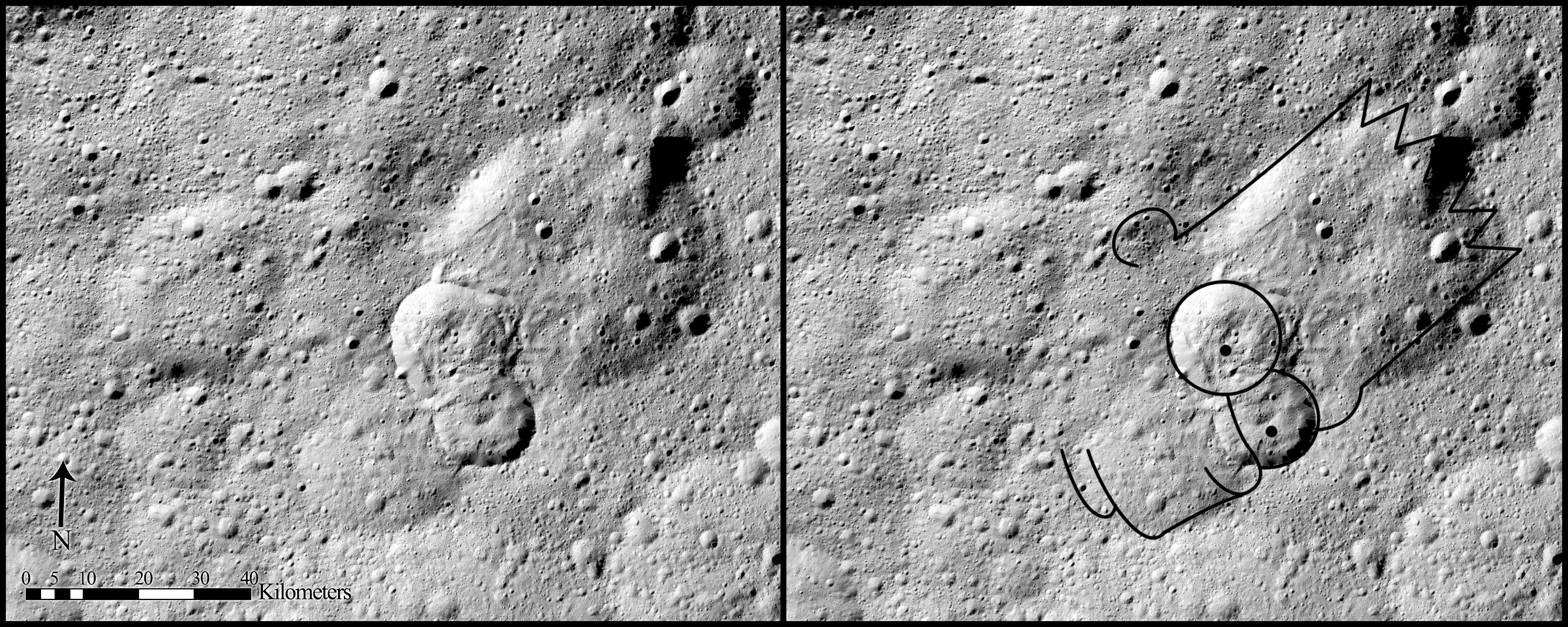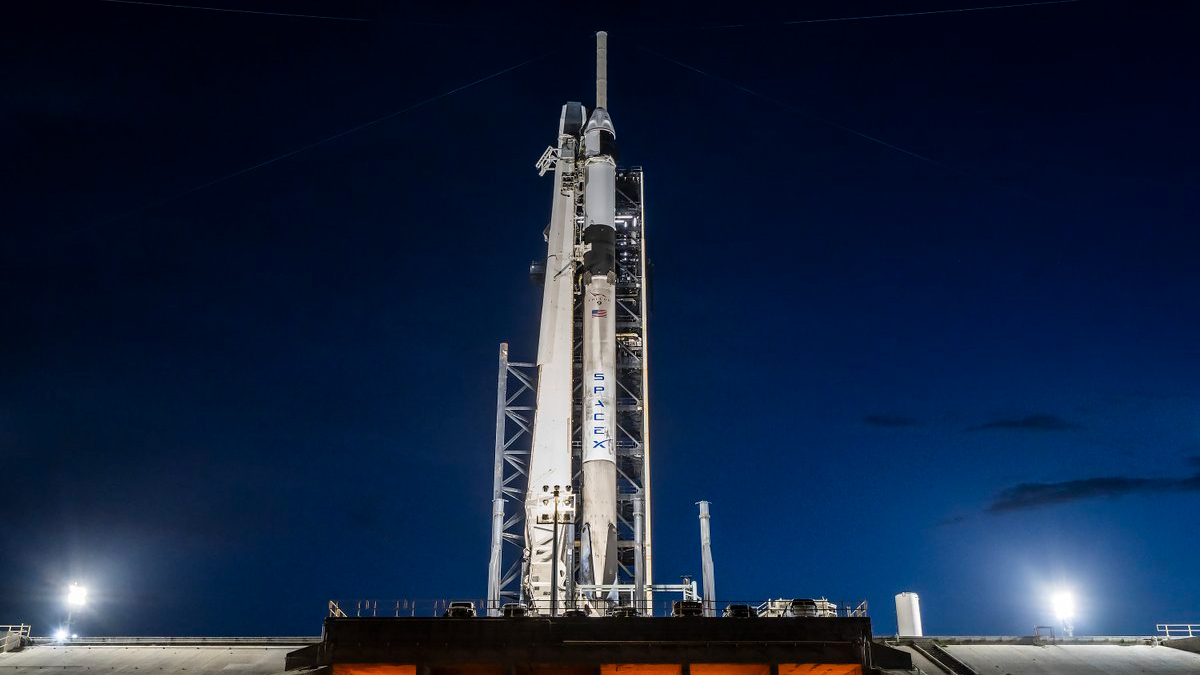Ay, Caramba! 'Bart Simpson' Landslide Reveals Ceres' Icy Innards

Ceres may look like an ancient, inert mass of dusty rock hanging out in the asteroid belt between the orbits of Mars and Jupiter, but the dwarf planet is proving itself to be to be a dynamic and fascinating place.
As if to emphasize this point, planetary scientists have now spied massive landslides all over Ceres' surface (including one that looks surprisingly like TV's Bart Simpson). The finding reveals not only that geologic activity is occurring today on Ceres, but also that the dwarf planet is hiding huge quantities of ice just below its surface.
Clues to Ceres' icy character are being gathered by NASA's Dawn spacecraft, which has been in Ceres orbit since 2015. The mission has revealed that the world was likely covered in cryovolcanoes (or "ice volcanoes") but has slowly flattened out over time. Also, Ceres' Occator Crater has a bright feature in its center that is thought to be further evidence of icy activity. [In Photos: The Weird Bright Spot on Ceres]
Now it looks like landslides can be added to the mix. In a new study published in the journal Nature Geoscience, researchers have identified "flow features" on Ceres that look very much like landslides that occur on Earth — all of which are driven by the presence of water ice.
"These landslides offer us the opportunity to understand what's happening in the upper few kilometers of Ceres," said Heather Chilton, co-author of the paper and a Ph.D. student at the Georgia Institute of Technology (Georgia Tech), in a statement.
The landslides have been grouped into three types. Type I landslides are large, have thick "toes" at the end and resemble the icy landslides in arctic regions on Earth. Interestingly, type I landslides on Ceres are found at high latitudes, where most of dwarf planet's ice is thought to be stored, the researchers said.
The longer and thinner type II landslides resemble the debris left behind after an avalanche on Earth. The research team gave once such type II the playful name of "Bart," because it resembles the head of the cartoon character Bart Simpson from the TV show "The Simpsons." [The Face on Mars & Other Photo Illusions]
Get the Space.com Newsletter
Breaking space news, the latest updates on rocket launches, skywatching events and more!
Ceres' Type III landslides appear to have formed due to meltwater that gushed from below the surface after energetic impact events, researchers said.
A surprising number of craters greater than (6.2 miles) 10 kilometers wide — some 20-30 percent of Ceres' craters overall — have landslide features associated with them. Landslide size and shape appear to be dependent on their latitude on Ceres, the scientists said. The researchers suggested that these landslide differences are due to the quantity of ice in the upper layers of the surface.
"That's one reason why we think it's ice affecting the flow processes," said lead author Britney Schmidt, an associate professor at Georgia Tech and a Dawn Science Team associate. "There's no other good way to explain why the poles have huge, thick landslides; mid-latitudes have a mixture of sheeted and thick landslides; and low latitudes have just a few."
Based on this study, it is estimated that the upper layers of Ceres consist of between 10 percent and 50 percent water ice, a finding that reveals that Ceres certainly isn't a dry and static location in the solar system, the researchers said. The dwarf planet is instead a dynamic reservoir where landslides are common and water ice is the most likely driver of those events, they said.
Follow Ian @astroengine and www.astroengine.com. Follow us @Spacedotcom, Facebook or Google+. Originally published on Space.com.
Join our Space Forums to keep talking space on the latest missions, night sky and more! And if you have a news tip, correction or comment, let us know at: community@space.com.
Ian O'Neill is a media relations specialist at NASA's Jet Propulsion Laboratory (JPL) in Southern California. Prior to joining JPL, he served as editor for the Astronomical Society of the Pacific‘s Mercury magazine and Mercury Online and contributed articles to a number of other publications, including Space.com, Space.com, Live Science, HISTORY.com, Scientific American. Ian holds a Ph.D in solar physics and a master's degree in planetary and space physics.
